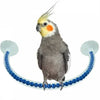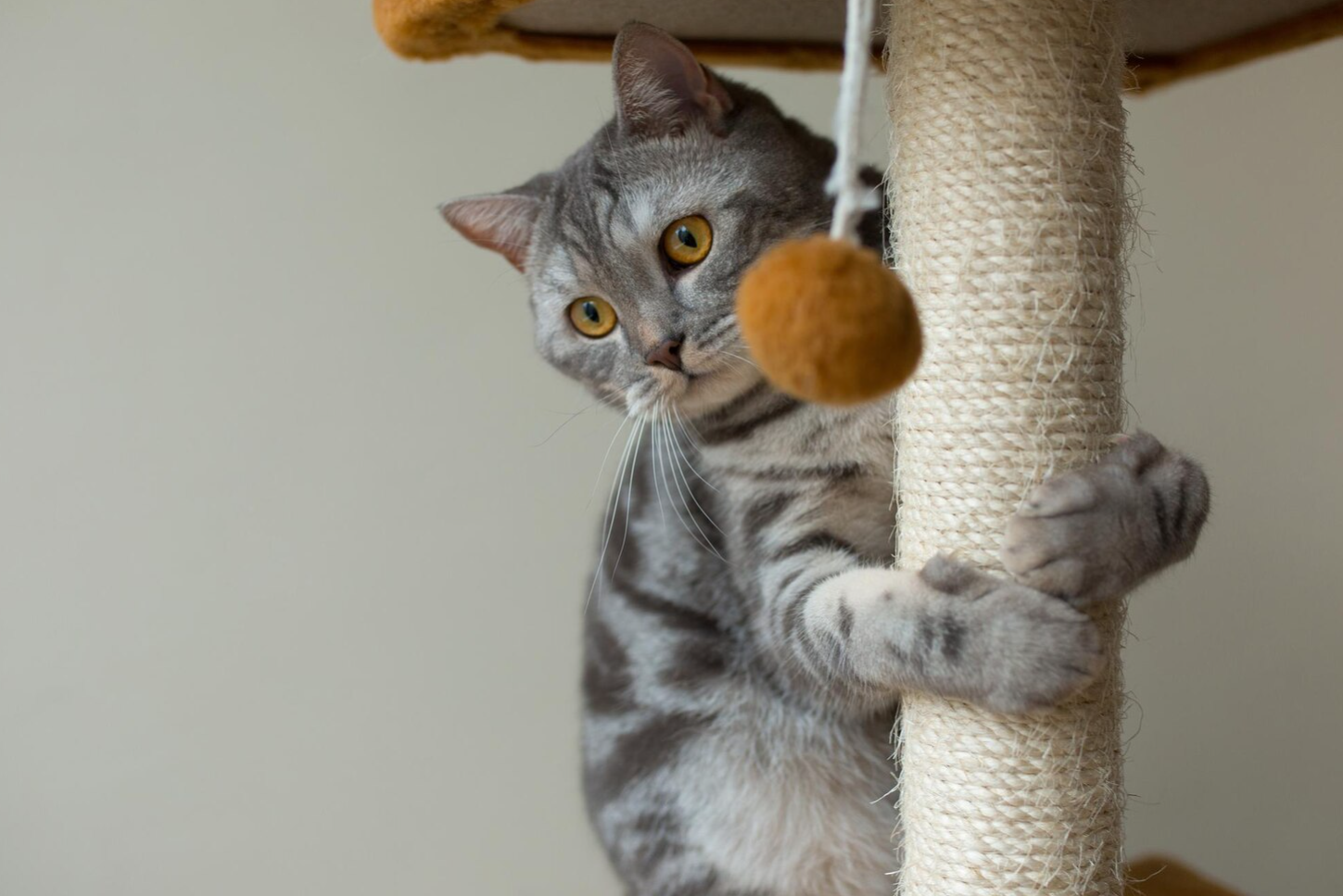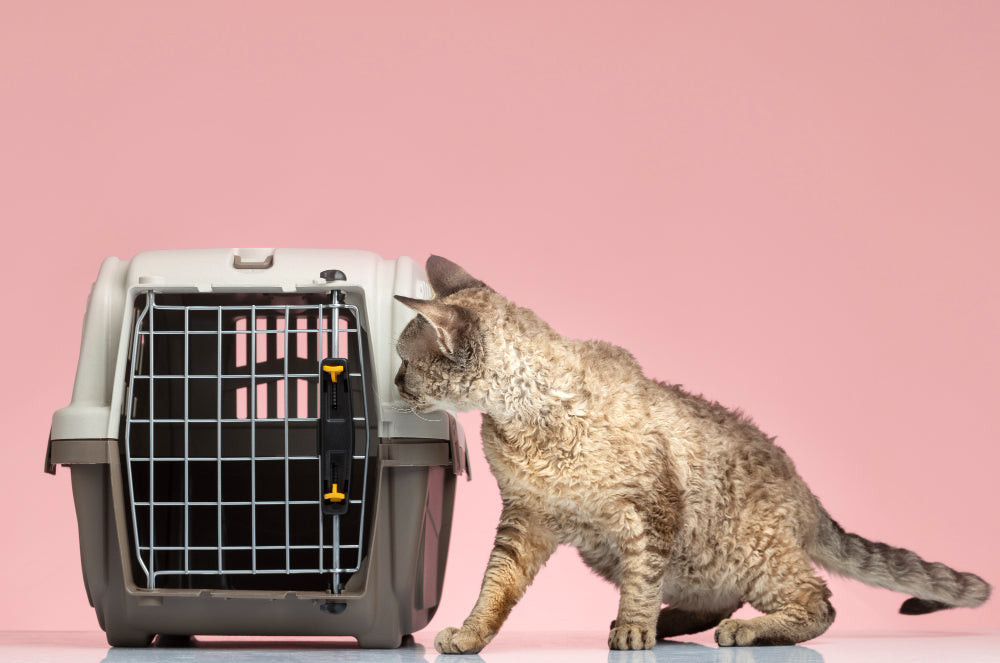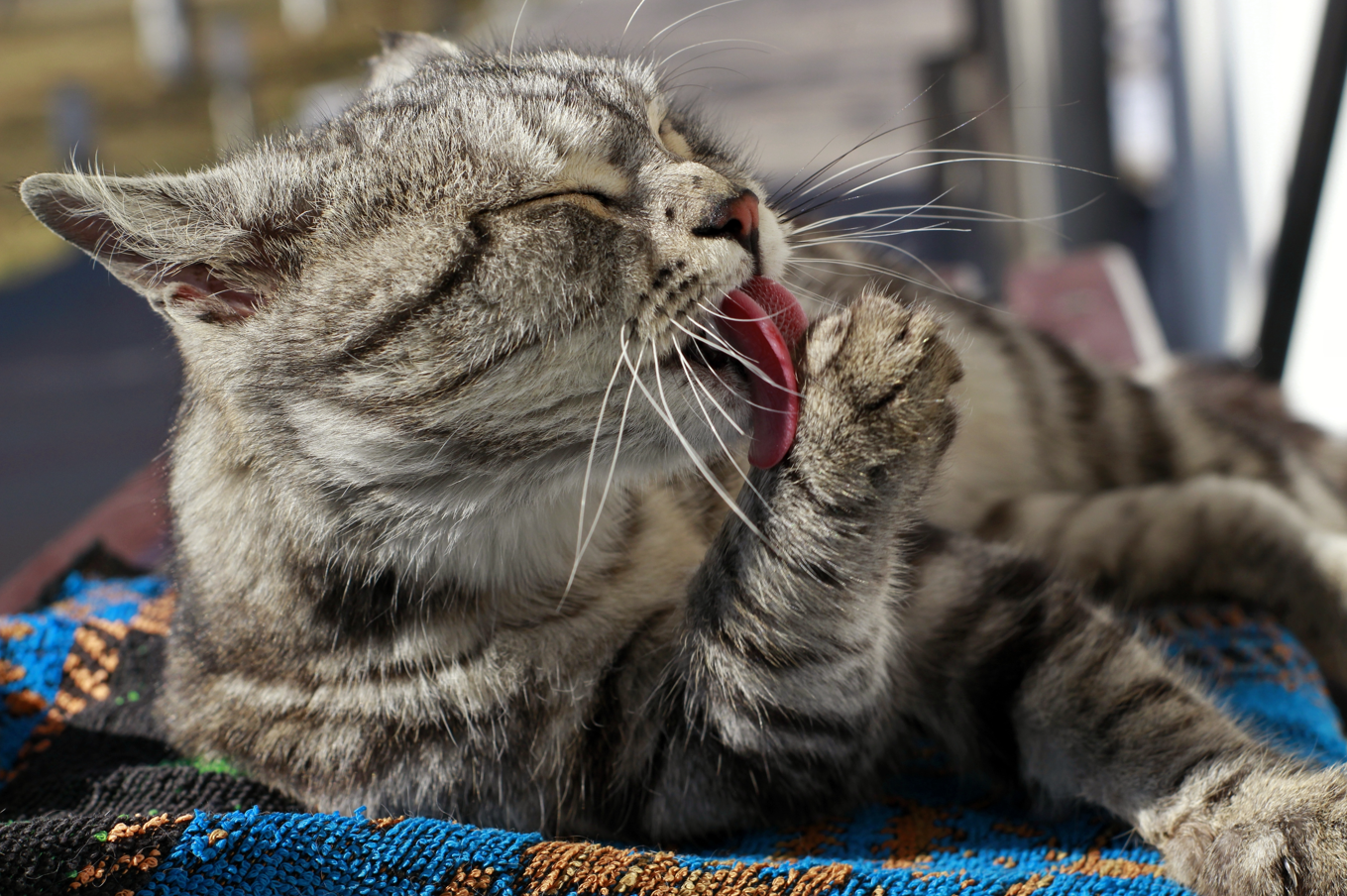
Why perches are so important for birds
, by Michael van Wassem, 4 min reading time

, by Michael van Wassem, 4 min reading time
Perches are an essential part of any birdcage, aviary, or enclosure. Yet, they're often overlooked or chosen incorrectly. While many people focus primarily on food, water, and toys, perches play an equally crucial role in bird health and well-being. In this article, you'll discover why perches are so important, what to consider when choosing the right perch, and how they can significantly improve your bird's life.
Birds spend a significant portion of their lives perching. In the wild, they spend hours perched on branches, clambering from one spot to another and using different thicknesses and textures to keep their feet healthy. A bird without proper perches in its enclosure misses a basic need: a safe and comfortable place to rest and exercise.
The biggest danger with incorrect perches is leg problems such as:
Pressure sores or bumblefoot caused by perches that are too smooth or too uniform.
Muscle cramps occur when the bird has to maintain the same position over and over.
Nail problems if the perch is too soft or too hard.
By using perches with different thicknesses, textures, and materials, the bird's leg muscles are stressed differently each time. This prevents injuries and stimulates blood circulation.
Natural perches (e.g., willow, fruit tree, or untreated wood) help naturally wear down nails and sometimes even beaks. This means less stressful vet visits or grooming sessions.
Perches are not only physically important, but also mentally. By varying the height, thickness, and placement, you offer your bird a dynamic habitat. Climbing and clambering provides:
More movement and activity.
Less boredom and stereotypical behavior.
A more natural habitat that offers the bird more challenges.
At night, birds need a comfortable place to sleep. A well-placed perch in a quiet, sheltered spot in the cage or aviary gives them a sense of security. Perches that are too thin or slippery can lead to restless nights or even falls.
Not every perch is suitable. Therefore, keep the following in mind:
Materials : Choose untreated wood, natural branches, or specially designed perches. Avoid plastic or sandpaper perches.
Variation : Combine multiple thicknesses and structures so that the leg muscles are used alternately.
Placement : Do not place the perches directly above food or water bowls to prevent contamination.
Hygiene : Make sure the sticks are easy to clean.
Natural branches : ideal and inexpensive, provided they come from safe tree species.
Wooden perches from the pet store : often useful for standard cages. For example, this product .
Mineral perches : help wear down nails, but use them sparingly.
Rope sticks or flexible sticks : provide variation and movement.
Perches are much more than just a "stick in the cage." They're essential for the health, safety, and mental enrichment of every bird. By using the right materials, varying thicknesses, and clever placement, you can create a natural habitat where your bird feels comfortable.
👉 Tip: Replace perches regularly and use natural branches to keep the cage interesting and exciting. Your bird will thank you! Check out all Fidello perches here.


